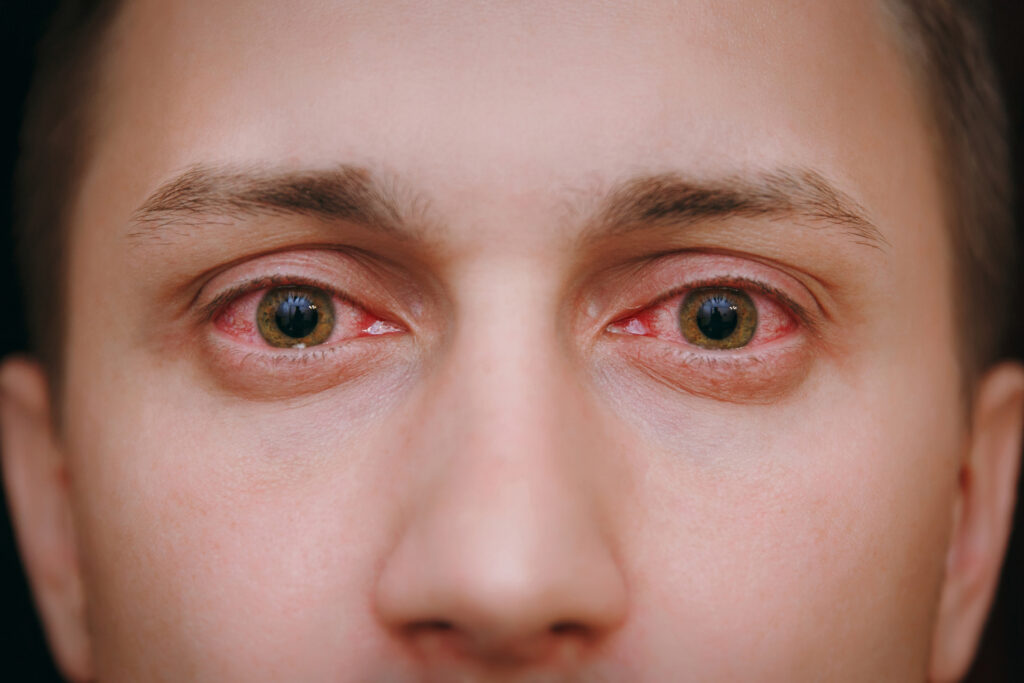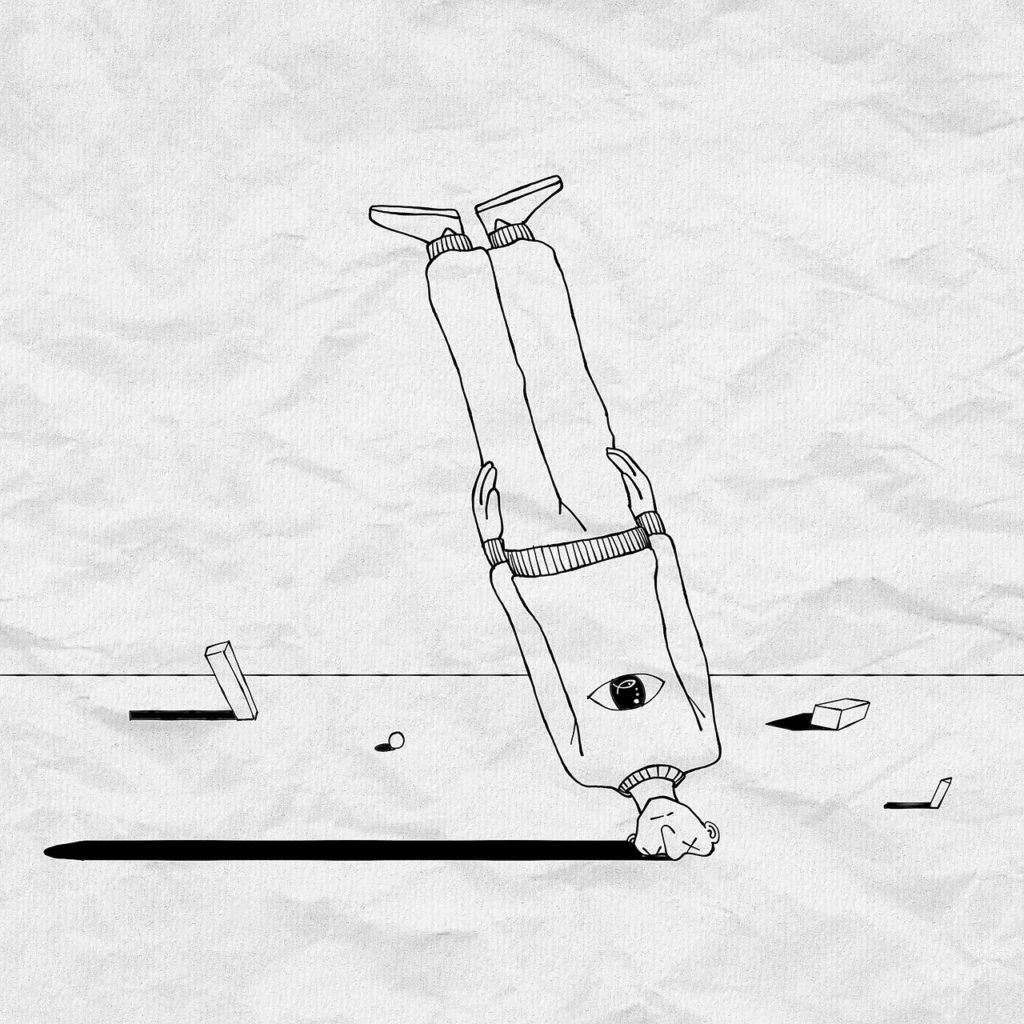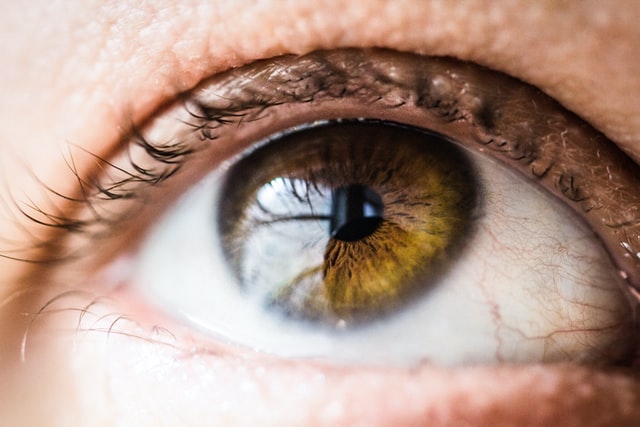Do You Have Dry Eyes? Here’s What You Can Do About It
If your eyes often feel gritty, irritated, or tired, you’re not alone. More and more people are reporting symptoms of dry eyes, and we’re diagnosing it regularly during comprehensive eye exams at our clinics.
What Is Dry Eye?
Dry eye syndrome (also known as dry eye disease) affects roughly 1 in 10 adults, and it’s becoming increasingly common. You might be more likely to experience dry eye if you are:
- A post-menopausal woman
- Over the age of 50
- A frequent contact lens wearer
- Someone who spends long hours looking at screens
- Taking allergy medications like antihistamines
- Living with autoimmune conditions such as rheumatoid arthritis or Sjögren’s syndrome
Why Are Dry Eyes Becoming More Common?
Increased screen time, environmental changes, and lifestyle factors all play a role. As awareness grows, so does the demand for effective treatment—and fortunately, the range of options has expanded significantly in recent years.
Advanced Treatments for Dry Eyes
Two of the most effective treatments now available are Intense Pulsed Light (IPL) and Radiofrequency (RF). Here’s how they work:
Intense Pulsed Light (IPL)
IPL uses gentle, broad-spectrum light to heat the skin around the eyes, helping to:
- Unclog the meibomian glands (which produce the oily part of your tears)
- Reduce inflammation by sealing abnormal blood vessels
- Kill bacteria and Demodex mites on the eyelids
- Improve tear quality and comfort
Most people need a series of 4 treatments, spaced 2–4 weeks apart, with follow-up treatments every 6–12 months if needed.
Radiofrequency (RF)
RF treatment delivers controlled heat through radio waves to the eyelids and nearby skin. It helps by:
- Melting hardened oils in the glands
- Stimulating collagen (bonus: it can also tighten eyelid skin!)
- Enhancing oil gland function
- Supporting long-term tear film stability
Depending on the severity of your symptoms, up to 4 sessions may be recommended. In some cases, RF is combined with IPL for even better results.
What Should You Do If You Have Dry Eyes?
The first step is to book a comprehensive eye exam. Your Optometrist can confirm whether you have dry eye and suggest the most effective treatment for your needs. Some people find relief with high-quality moisturizing eye drops, while others may benefit from more advanced therapies like IPL or RF.
At Sight Care, we carry premium moisturizing drops—and we’re excited to share that new, state-of-the-art dry eye treatment equipment is arriving soon. Once installed, we’ll be able to offer both IPL and RF therapies on-site.
Want to Be Among the First to Try These Treatments?
We’re already preparing for high demand and are now accepting names for our dry eye treatment waiting list. If you’re interested, email us at sightcareoptometry@outlook.com to reserve your spot.
And if you ever have questions about your vision or eye health, don’t hesitate to book an appointment. You can schedule one online anytime at sightcareoptometry.com
Disclaimer: This article is for informational purposes only and does not replace a professional diagnosis or treatment. For more in-depth information on eye health, visit the Ontario Association of Optometrists Eye Health Library or consult a licensed Optometrist.






